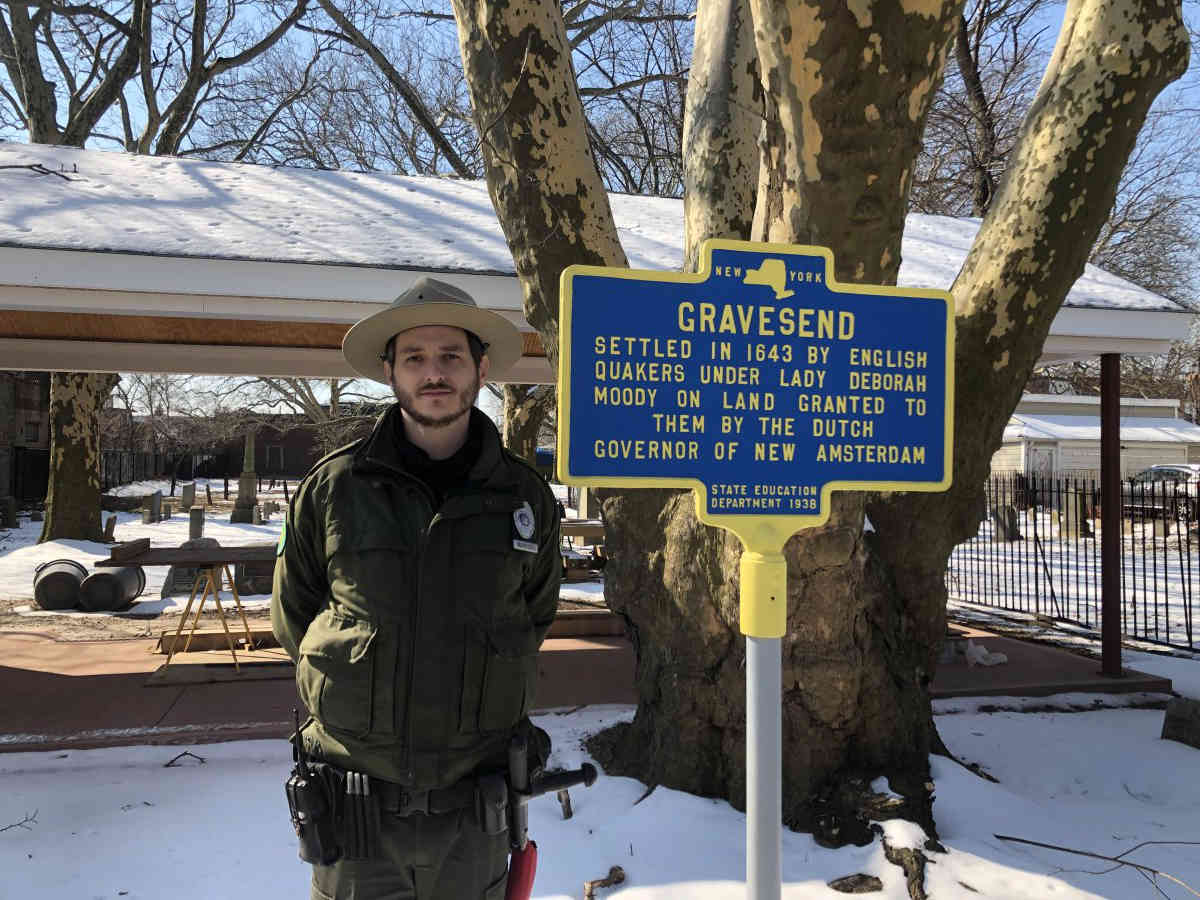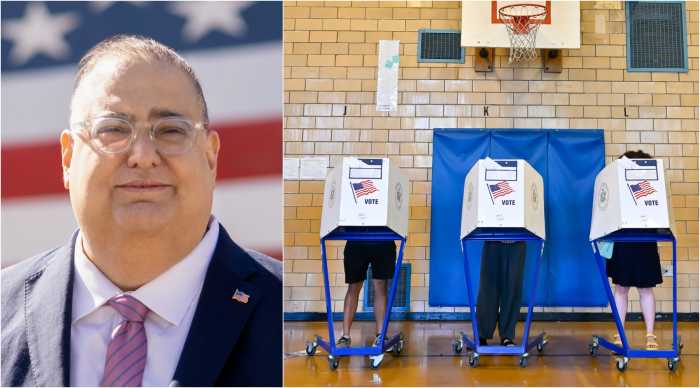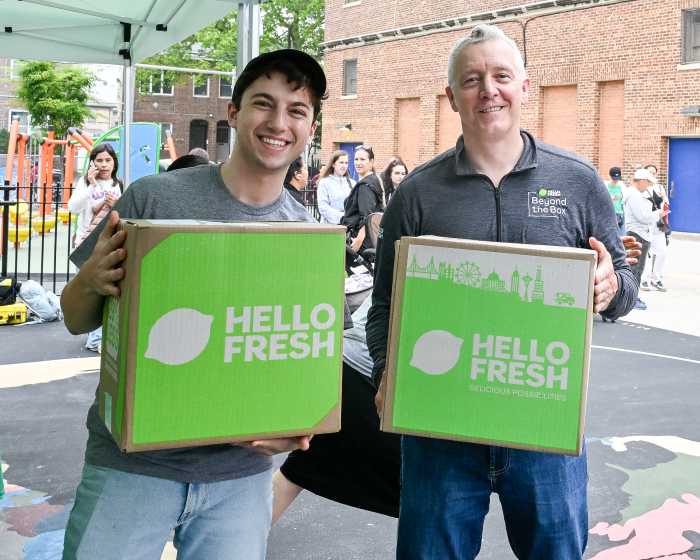She’s a Lady among Kings!
Department of Parks and Recreation leaders this month are hosting a free tour of Gravesend Cemetery that focuses on the neighborhood’s female founder, who also helped develop much of the southern swath of Kings County. Lady Deborah Moody — the first woman to establish and run a colonial town, and a proponent of religious freedom during an era of sectarianism — was a 17th-century trailblazer whose legacy deserves to be honored as part of Women’s History Month, according to the park ranger who led similar tours in years past.
“Lady Moody was way ahead of her time as a progressive and accomplished leader, so she is a perfect historical role model to highlight for Women’s History Month,” said Andrew Brownjohn.
This year, Park Ranger Mike Veres will lead the third-annual tour on March 17, taking participants on an hour-and-a-half trek through time at the burial ground on Village Road South between Van Sicklen Street and McDonald Avenue. The program will focus mainly on Moody, whom historians believe is likely buried in the graveyard that was established around the time she died in the late 1650s, according to Brownjohn.
But even though the exact location of Moody’s final resting place is unknown, the pioneering settler is still a presence in the neighborhood she founded. In 2016, the city landmarked her home directly across from the cemetery, at 27 Gravesend Neck Rd. between Van Sicklen Street and McDonald Avenue. And a nearby plot of land about a block away from that property bears both Moody’s name and a plaque noting her role as the town’s founder.
Born in England in 1586, Moody fled her homeland to settle in Massachusetts as a religious dissident around 1640, according to a New York Times report. But she again faced religious persecution just a couple of years after settling in her new home, this time from local Puritans, who condemned her belief in Anabaptism — which rejects baptizing infants — and excommunicated her from their church, reported Mental Floss. Moody ultimately fled Massachusetts for the Big Apple — known then as New Amsterdam — because of its reputation as the country’s most tolerant city at the time, according to the Times.
“The Lady Moody found things made so uncomfortable for her that with change of opinions, change of residence became something of a necessity,” the Times reported in 1880.
Moody arrived in the Borough of Churches in 1643, and purchased land from the Native American Canarsie tribe before she officially founded Gravesend two years later, the Times reported. She derived the name for the municipality from her British hometown Gardson, according to the Times, which reported that the town’s charter was the “first ever granted to a woman in the new world,” and the “first land document granting freedom of religious beliefs to its inhabitants.”
Following her formation of the town, Moody went on to create its government, start a local school, and establish a church there, according to the Parks Department. She also went on to purchase more land in the general area, designing the original villages of what are now the neighborhoods of Bensonhurst, Coney Island, Sheepshead Bay, and Midwood.
But the legacy of Moody, who died in 1659, extends well beyond Gravesend. Her original layout of the town — which then was the size of twelve football fields, with the intersection of McDonald Avenue and Gravesend Neck Road at its center — inspired the current grid system for streets that city planners adopted more than a century later, according to the Times.
Gravesend remained a rural town for much of the two centuries after Moody died, drawing more Dutch and German settlers, before it officially became part of the city of Brooklyn in 1894 — four years before Kings County officially merged with New York City, according to the Parks Department.
And Moody won’t be the only lady interred in Gravesend Cemetery that the upcoming tour highlights. The program will also pay homage to late local maid Viola Jackson, who died at 22-years-old in 1914 when her dress caught fire after she dropped and tripped over a watermelon while holding a candle.
Incorporating the stories of regular residents in addition to those of more notable locals will show attendees how the lives of both shaped the neighborhood as we know it today, according to Brownjohn.
“The goal of programs like this is not only to showcase famous individuals, but also to provide a broader historic context for what life was like for ordinary citizens of Gravesend in the past, and how this may have been informed by its unique founding,” he said.
Women’s History Month Tour of Gravesend Cemetery (Village Road South between Van Sicklen St. and McDonald Ave. in Gravesend, www.nycgo

























